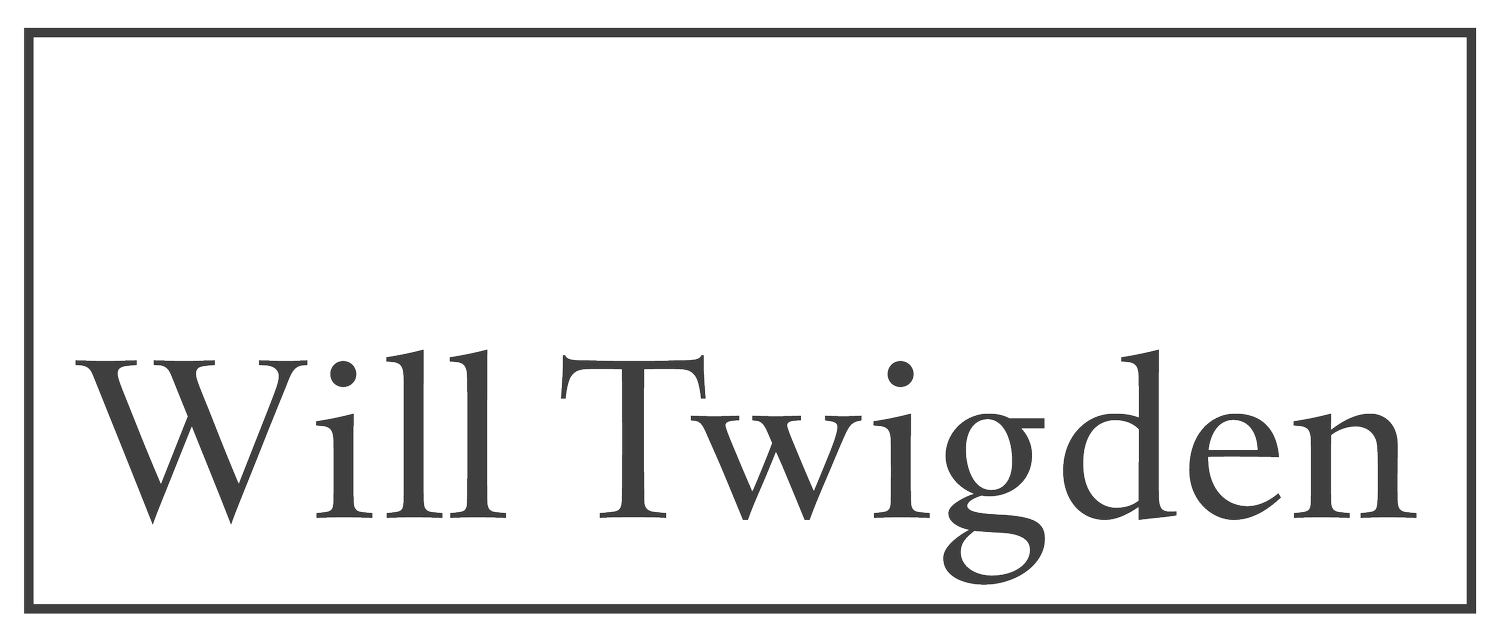A Few Noticing’s from Nearly 100 Hours of 1:1 Breathwork Sessions
Working closely with clients on Harley Street —many of them “high-achievers”— has revealed a few themes that some of you may find useful.
1. ~90% of my clients have tried therapy but still feel stuck
This is simply an observation. Conventional therapy is deeply valuable for many things (CBT for OCD being something I’ve personally benefited from), but most talk-based approaches work primarily with the conscious mind—the part of us that runs the day-to-day autopilot.
With Facilitated Breath Repatterning (FBR), something different tends to occur. The breath gives people access to layers that thinking or talking alone rarely reach. Clients often connect with deeper emotional patterns, protective strategies, limiting beliefs, early imprints, and long-standing nervous-system habits operating outside conscious awareness.
People notice memories stored in the body, blocks around safety or expression, a suppressed intuition, or emotional armour that once helped them cope but now keeps them stuck. As these layers begin to shift, clarity, energy, and a renewed sense of self often emerge.
Instead of managing patterns from the mind alone, the body finally has space to soften and unwind—creating a kind of freedom that feels very different from intellectual insight.
This is why breathwork felt so liberating for me personally.
2. The overachiever pattern in London is the #1 blocker to freedom
A consistent theme I see in London is the dominance of the overachieving pattern. It’s usually rooted in conditioning and low self-worth. It’s the same pattern that drives external success and simultaneously prevents meaningful change.
It “works” because it provides safety, validation, and achievement. But it also disconnects people from the emotional truth required to move through life in a healthy way.
You cannot feel what you truly need as a human being if you’re working constantly. The money and validation are rarely enough for long. Eventually, people want to know who they are beneath all the doing, and how they relate to themselves and others.
There is no softness in the overachieving pattern—and softness is what allows change. Feeling your emotions does not weaken you; it usually expands your creativity, productivity, and capacity in ways the mind alone cannot engineer.
Breathwork helps because it reduces mental control just enough for deeper awareness to surface. It creates space for honesty.
In a city like London, this pattern is everywhere.
3. Bad breathing is not the problem
Many people come to me believing they have a breathing issue. In most cases, the breath is not the problem—it reflects something deeper that has not yet been fully felt.
Your breath responds directly to your internal state. When you are willing to feel what is present, the breath adjusts naturally. When emotions or sensations are suppressed, the breath compensates—up to 26,000 times a day.
Because the breath influences major systems—cardiovascular, nervous, and endocrine—ongoing dysregulation affects how your body functions and how safe you feel.
Breathwork does not “fix” the breath. It brings suppressed material to the surface so it can be fully felt. Once that process begins, the breath normally resets on its own.
The breath is not the root issue. It is the indicator pointing to what needs attention.
Conclusion
Therapeutic breathwork is still early in the research curve, but the direction is becoming increasingly clear. As the science around continuous, rhythmic, and diaphragmatic breathing grows, we’re seeing consistent shifts in mood, stress, and autonomic regulation that talk-based approaches alone don’t always reach. Everything comes back to the breath: how you breathe reflects your internal state, and it also shapes it. When people learn to work with the breath intentionally, they access clarity, calm, softness, and a more grounded connection to themselves.
This is why I believe breathwork will soon sit alongside talking therapies as a mainstream and accessible tool for emotional and nervous-system health.
Thank you for reading,
Will

